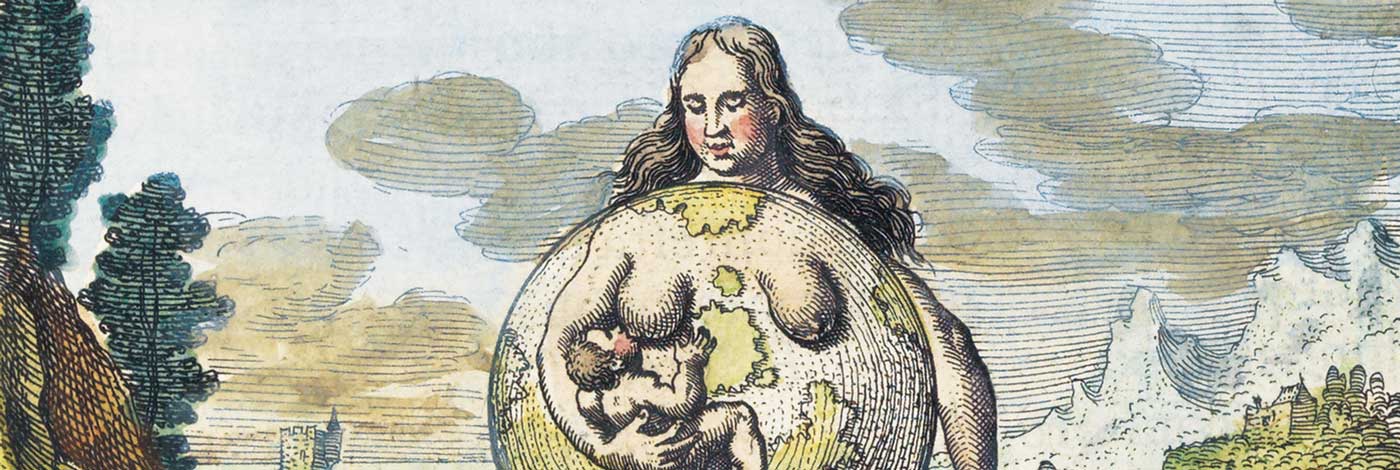
 Anthropozoologica
31 - Pages 99-108
Anthropozoologica
31 - Pages 99-108Following a rapid description of archaeological and chronological data, a synopsis of existing archaeozoological data concerning neolithic sheep in the Valais permit a highlighting of the importance and characteristics ot the ovine herd during this period and in this area of the Alps. The management of the ovine herds depends on breeding techniques. The focal point of our subject center on an archaeozoological study of land occupancy in Sion-Ritz (Valais, Switzerland) during the Middle Neolithic period, involving primarily remains contained in pits of varions functions. Following a description of the ovine remains, we describe particularly the 15 individuals buried in Pit 22. These remains represents an exceptional case due to the conservation of the individual specimens and the particular nature of its contents and function. A detailed study of these 15 ovine representatives allow, with the bling us in turn to interpret the singularity of this deposit, and to suggest hypothesis about the breeding conditions. The whole of the considerations obtained at Sion-Avenue Ritz and other sites of the Valais area give some elements to the study of Neolithic ovine breeding in this region of the Alps.
Archaeozoology, Ovine livestock, Demography, Neolithic period. Valais Alps.